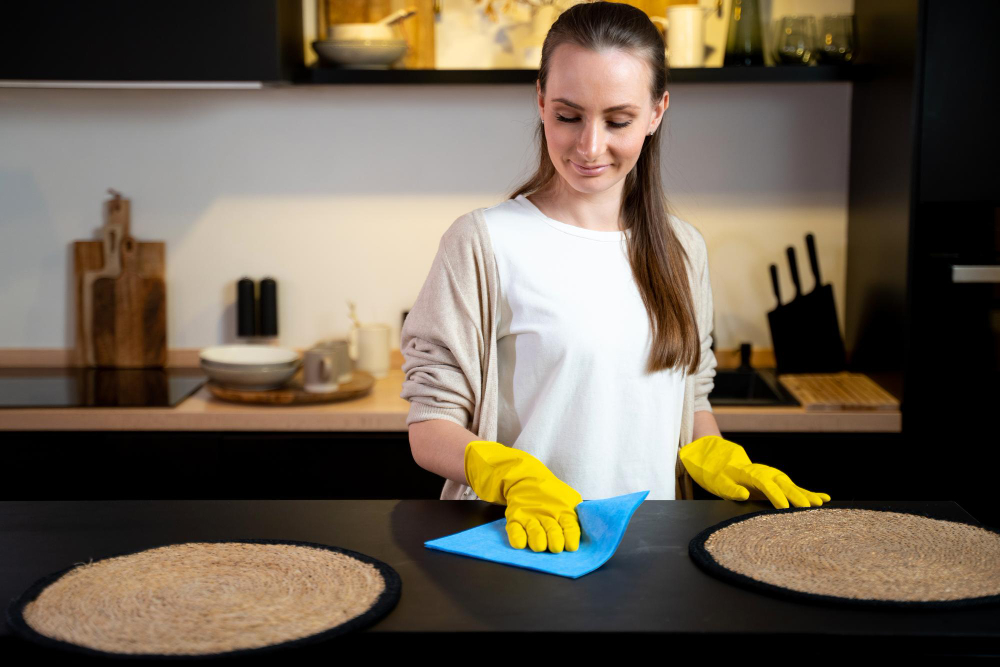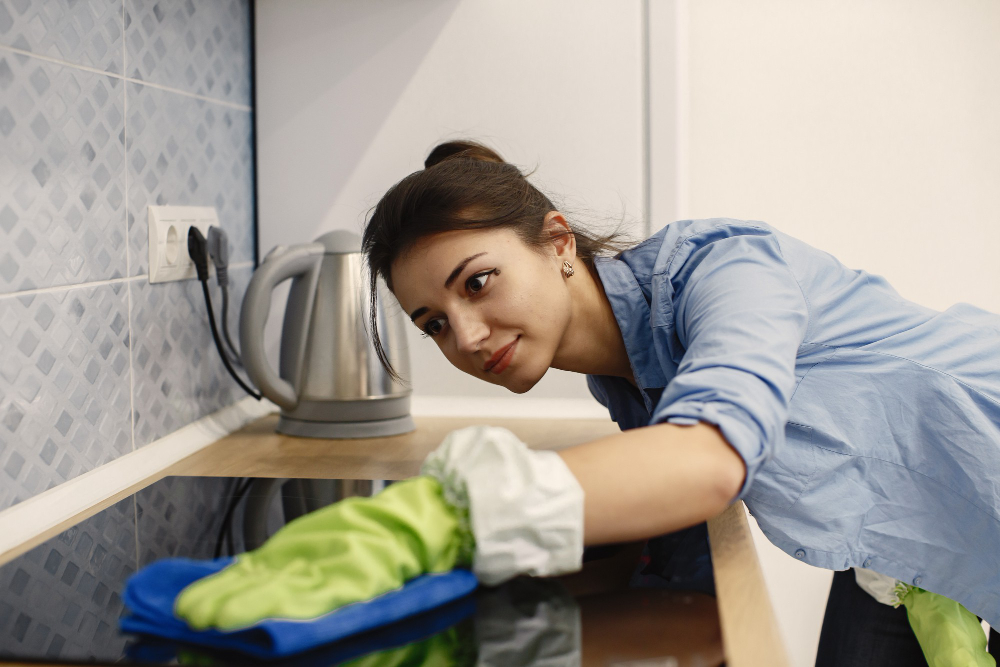A Cleaner Kitchen, A Cleaner Planet
Cutting down on waste is something a lot of people want to do—but let’s be honest, the kitchen makes it tricky. Between plastic packaging, disposable cleaning products, and food waste, it can feel like a never-ending battle against trash.
But here’s the thing: you don’t have to sacrifice cleanliness to go zero-waste.
With a few smart swaps, you can keep your kitchen just as fresh, organized, and spotless while drastically reducing waste. And the best part? It’s easier than you think.
The Biggest Waste Culprits in the Kitchen
Before we dive into solutions, let’s talk about where all that kitchen waste comes from.
1. Single-Use Plastics
Think grocery bags, food packaging, plastic wrap, and disposable utensils. They’re everywhere—and they’re clogging up landfills and oceans.
2. Paper Towels & Disposable Wipes
Convenient? Sure. But also incredibly wasteful. Most people go through rolls of paper towels every week, not realizing how much trash they’re creating.
3. Traditional Dish Sponges
Those colorful plastic sponges you use every day? They shed microplastics into the water, trap bacteria, and end up in landfills after just a few weeks. Not exactly the eco-friendly way to clean.
4. Food Waste
From forgotten leftovers to produce that spoils too quickly, food waste is a major issue. And when food rots in landfills, it releases methane gas—a major contributor to climate change.
The good news? You don’t have to give up convenience or cleanliness to drastically cut down on all of this.
Simple Swaps for a Zero-Waste Kitchen
Going zero-waste isn’t about perfection—it’s about making better choices, one step at a time.
Here are a few easy, sustainable swaps that make a big impact:
1. Upgrade to Reusable Kitchen Essentials
🚀 Swap plastic bags for silicone food storage bags—just as convenient, but reusable.
🚀 Use glass or stainless steel containers instead of flimsy plastic Tupperware.
🚀 Ditch paper towels for reusable cloth wipes—toss them in the wash and use them again.
Small swaps like these save money in the long run and cut down on needless waste.
2. Choose Sustainable Cleaning Tools
🚀 Say goodbye to plastic sponges—they’re full of bacteria and microplastics.
🚀 Instead, use a biodegradable, compostable sponge that lasts longer and breaks down naturally instead of sitting in a landfill.
CTA Phrase: “A zero-waste kitchen starts with small changes.”
Button Text: “Upgrade Your Cleaning Routine”
3. Reduce Food Waste with Smart Storage & Composting
🚀 Store produce properly—keep herbs in water, potatoes in a dark place, and leafy greens in airtight containers to make them last longer.
🚀 Freeze leftovers instead of letting them sit in the fridge until they go bad.
🚀 Start composting—turn food scraps into nutrient-rich soil instead of trash.
Not only do these habits help reduce waste, but they keep your kitchen cleaner and fresher.

Why Small Swaps Make a Big Difference
If you’re wondering whether these little changes actually matter, the answer is yes.
✔️ You’ll save money by reusing instead of constantly repurchasing disposables.
✔️ Your kitchen stays just as clean—if not cleaner—without wasteful products.
✔️ Even small swaps help reduce landfill waste and plastic pollution over time.
A Zero-Waste Kitchen is Easier Than You Think
Making your kitchen more sustainable doesn’t mean giving up convenience or cleanliness.
With just a few easy swaps—like using reusable storage, compostable sponges, and smart food storage—you can reduce waste, save money, and keep your home cleaner than ever.
The best part? Once you start, you’ll wonder why you didn’t make the switch sooner.



